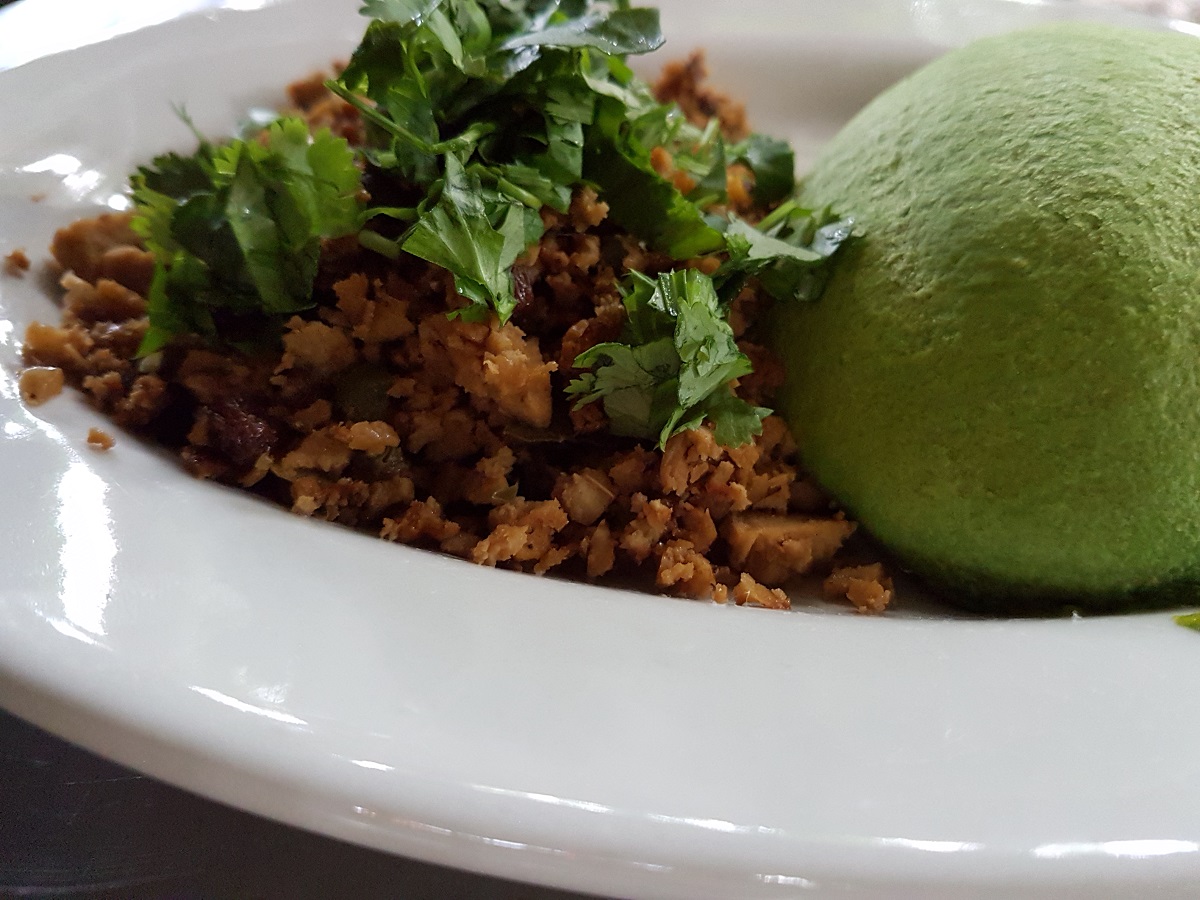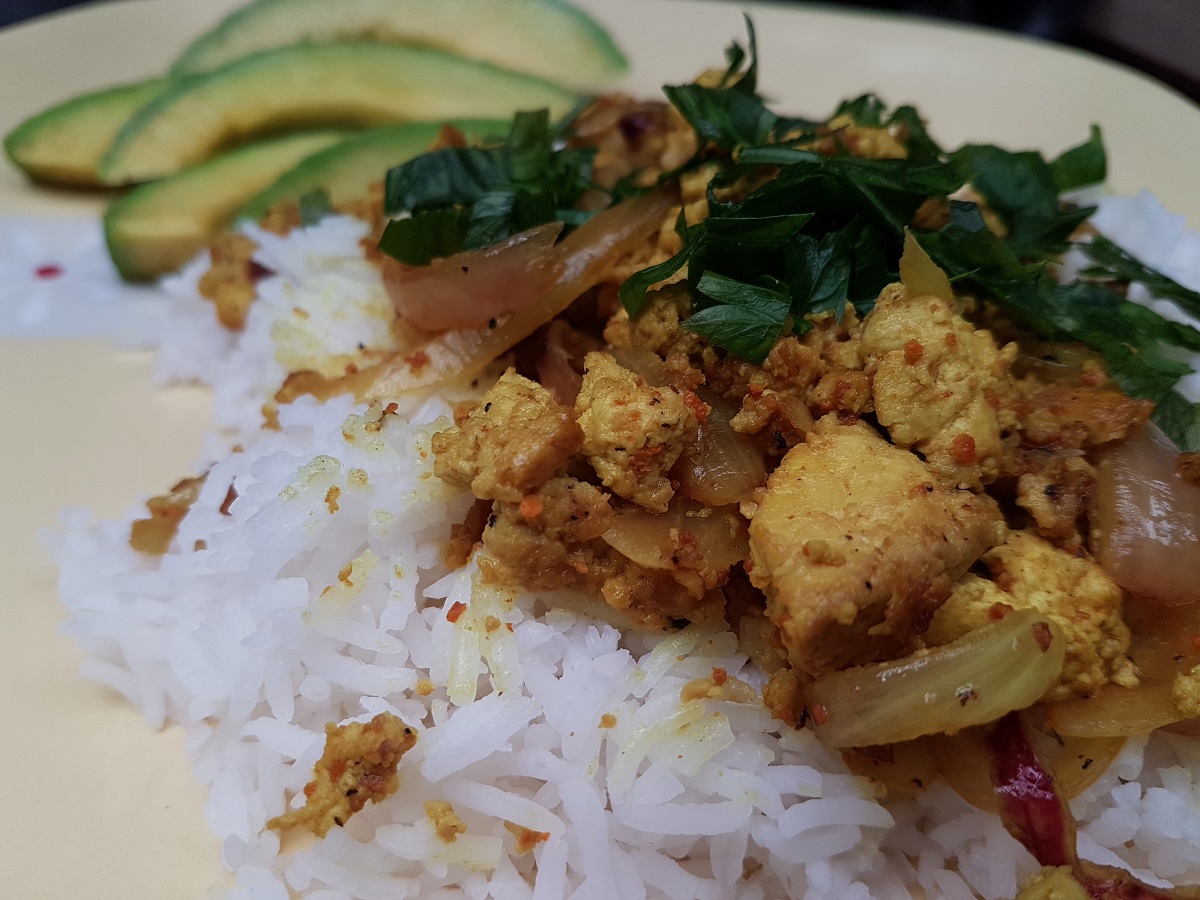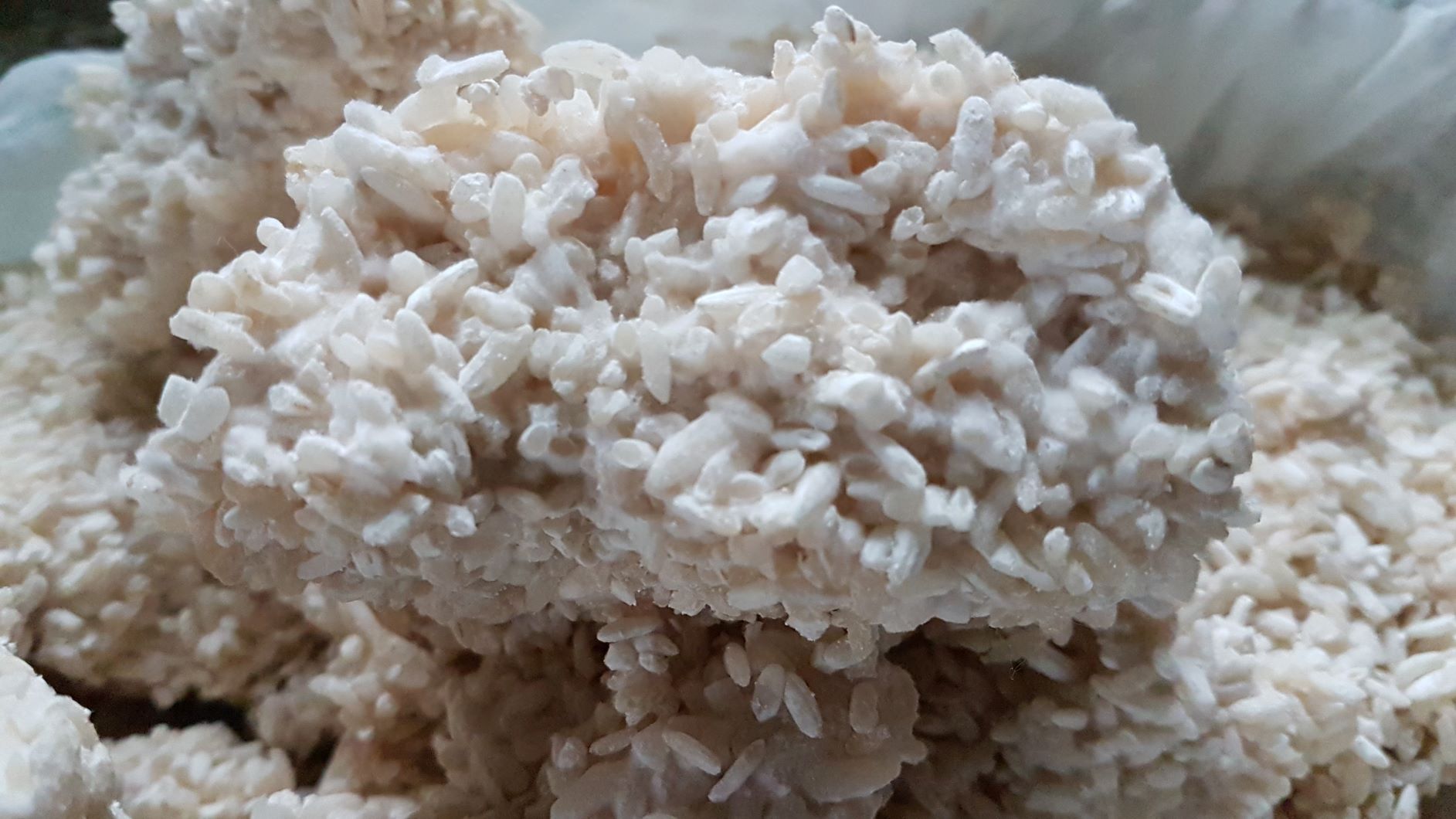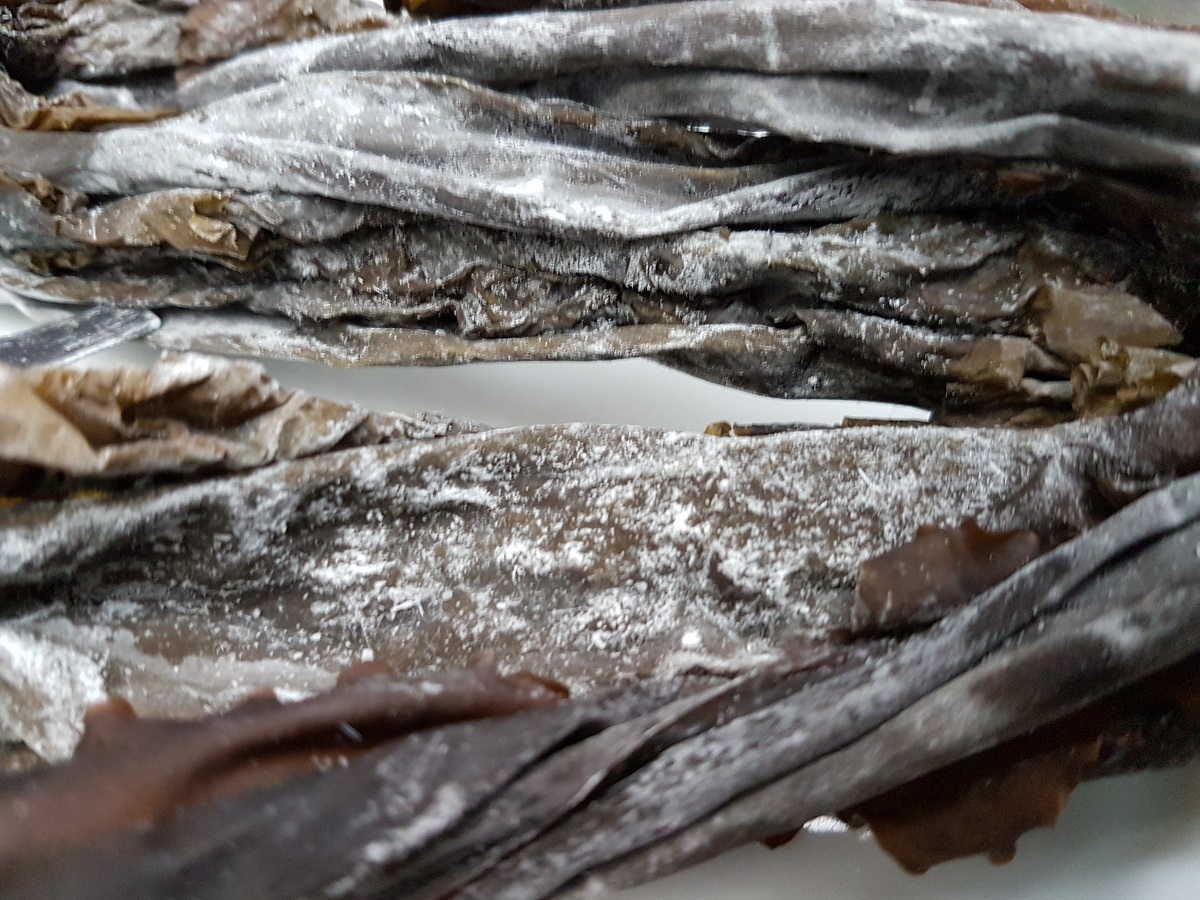Plant Based Protein Is the New Black
And we are feasting!
My approach to vegetarian food includes diverse cultures, culinary practices and lots of fermentation. In the modules I offer below, I include tempeh, seitan, sea vegetables, miso, koji and various fermented vegetables. These foods are considered temple food as they are part of the elegant diet of Zen monasteries and high vegetarian cuisine.
Discover new textures and flavors
More and more we are hearing how the allopathic medical profession is talking about integrative medicine and the idea of using food, massage and other ancestral therapies as healing modalities.
6 Modules, Plant Based Protein Program
Module 1, Seitan, Buddha Meat
Seitan is also known as Buddha Meat. It contains over 70% of protein, and it can take on any condiments, salsas, baking, frying or BBQ you throw at it. The Zen monks were the first to separate the gluten flour from the wheatberries to obtain this satisfying meat substitute.
Seitan can be marinaded, eaten in stir-fries, soups, tacos or in sandwiches with sauerkraut and sprouted live mustard for a real treat.
Module 2, Tofu & Okara
Freshly prepared tofu is worth all the effort. When we prepare tofu, we produce a by-product know as okara (the pulp of the soybean). With the okara, we can make sweets, burgers and many other dishes.
The noble soybeans and the process of making tofu gift you with a world of exciting and highly nutritious and tasty possibilities.
Module 3, Tempeh
Tempeh is a fermented food made with a variety of grains and beans. It is a perfect source of protein and Vitamin B12 for vegetarians and anyone who wants to have an adventure with exotic food.
If you are a foodie nerd, you will want to stop and smell the tempeh during all the different stages of fermentation. I assure you that you will soon get hooked with the warm, nutty aroma of fresh live bioactive tempeh. Tempeh is great on the grill, fried in butter with eggs or in a stir-fry with toasted sesame oil and coconut milk.
Module 4, Fermented Vegetables
Kraut and other fermented vegetables are staples in macrobiotic cuisine, the raw food diet and many diverse culinary cultures.
Recently these delicious bioactive foods have caught the attention of health practitioners as well as mainstream chefs. I predict that their popularity will continue to grow because of the immense health benefits and the delicious taste.
Module 5, Koji & Miso
Miso is a popular fermented live food that is a fantastic source of beneficial bacteria. In order to make miso, we must first ferment the rice or the grain. Once the rice or grain is fermented it is called koji. The koji is then mixed with cooked beans and or grains and it undergoes a second fermentation process.
Koji and miso can be used to ferment other vegetables. Koji is very popular ingredient in Japanese sweets and I predict that it will soon become a popular super food in the West. A warm cup of miso soup in the morning will help you overcome addictions and heal your heart. And your salad dressings will never be the same again.
Module 6, Sea Vegetables
Sea vegetables are known to be the richest source of minerals and vitamins in the plant kingdom. In the East and in macrobiotic cuisine they are a staple food. Many vitamin companies and natural cosmetic companies are now adding sea vegetables to the list of their ingredients.
Lovers of the ocean, salt and flavor will find many uses for a variety of sea vegetables. In soups, sitr-fries, green drinks, sauces, pizzas and in fruit salads.
Get the Details of My Plant Based Program
Check out my Sprouting & Raw Food Progam
Get the support you need to organize your kitchen.
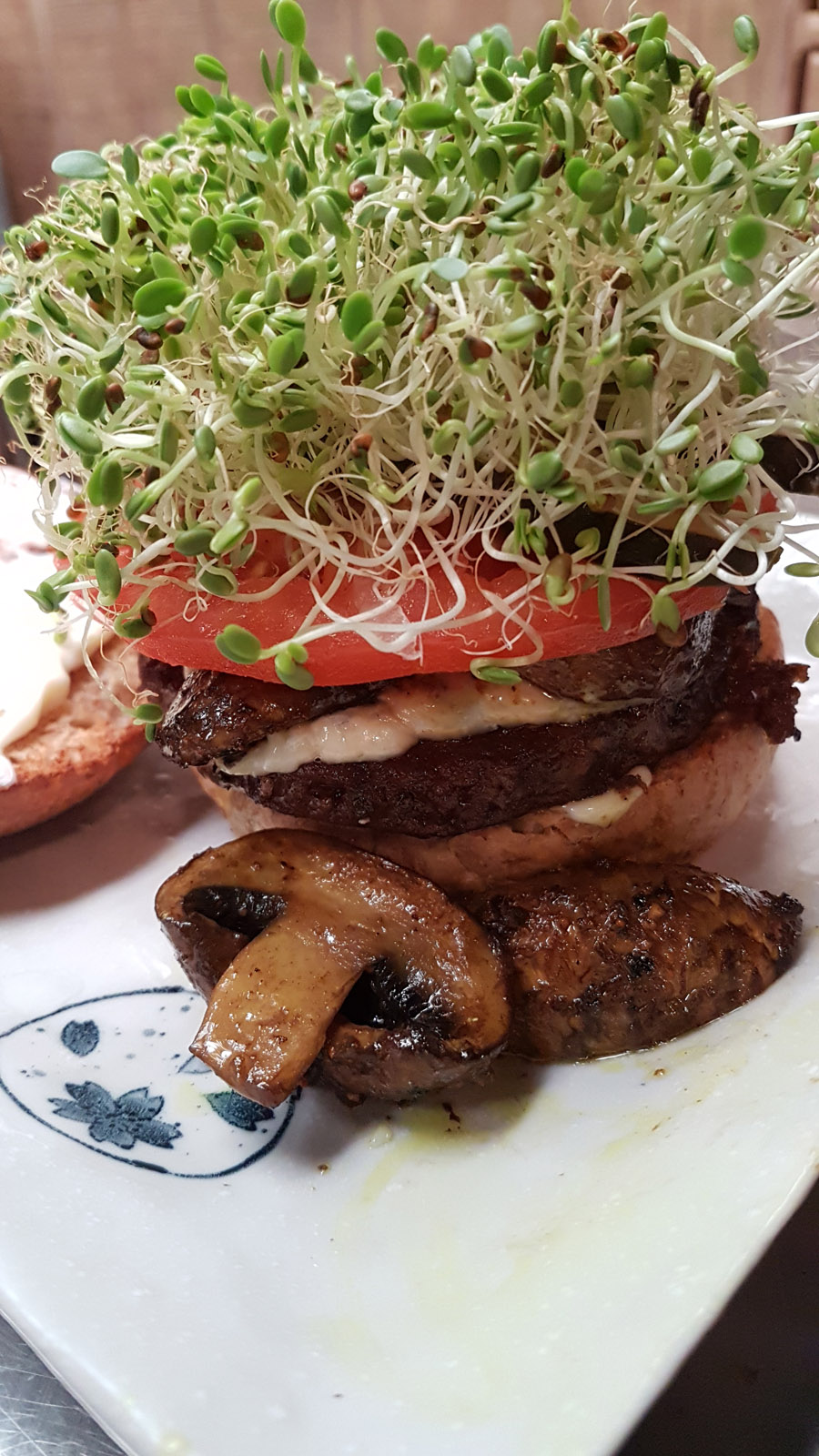
Sprouting is first base when it somes to understanding live bioactive food
